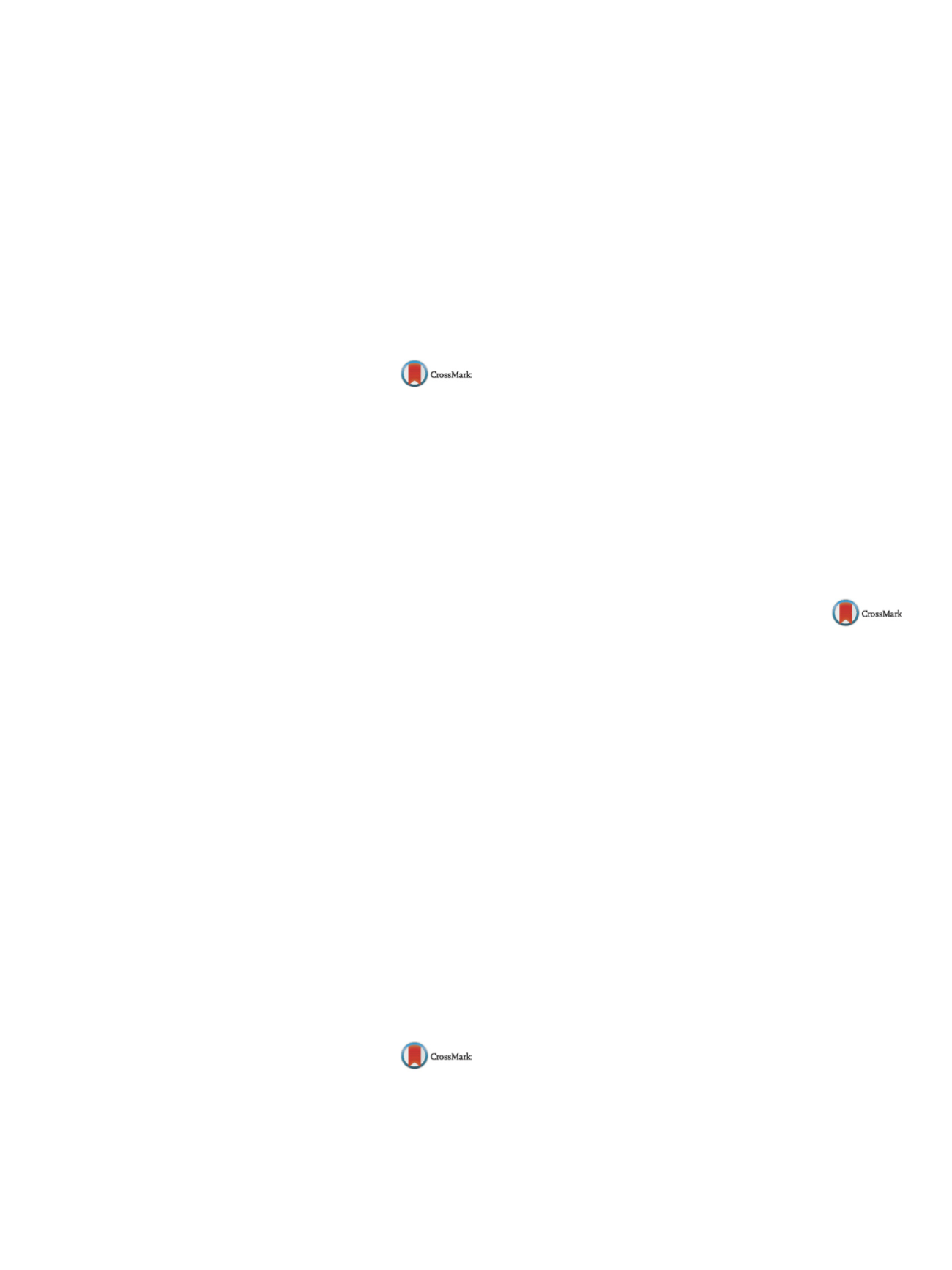

25th European Congress of Psychiatry / European Psychiatry 41S (2017) S583–S644
S611
tion, self-esteem and support, were chosen by the participants and
discussed at each weekly session.
Results
In the discussion groups, the students were able to exer-
cise care based on the exchange of knowledge with the patients
who use the service. The ties established in each session enabled
the identification of the specific needs of each individual, such as
the desire to learn how to improve one’s self-esteem, and the active
participation of the patients.
Conclusions
The experiences assisted the students in developing
the role of the nurse as an educator. The group actions underscored
the importance of the skill of health education among nurses.
Disclosure of interest
The authors have not supplied their decla-
ration of competing interest.
http://dx.doi.org/10.1016/j.eurpsy.2017.01.966EV0637
Specialist clinic dedicated to chronic
mental illness and metabolic
monitoring
B. McCafferty
Sligo Mental Health Services, General Adult Psychiatry Sligo Town Dr
Adamis Service, Sligo, Ireland
Introduction
People with serious mental illness exhibit higher
morbidity and mortality rates of chronic disease than the general
population. A significant proportion of premature deaths has been
related tomodifiable cardiovascular risk factors andmay be related
to medications taken for mental illness.
Objectives
Establish a clinic for a cohort of patients with chronic
mental illness dedicated to monitoring physical health focusing on
modifiable risk factors.
Methods
Patients with chronic mental illness taking psy-
chotropic medications long term were invited to attend clinic.
The following areas were examined: History focusing on current
mental state, cardiovascular history assessing diet, exercise, per-
sonal and family history of cardiovascular disease, Exam including
waist circumference, BP, pulse, ECG and calculation of BMI. Lab-
oratory tests including HbA1c, Lipid profile, and other tests as
appropriate such as serum lithium. Examination for tardive dysk-
inesia (Abnormal Involuntary Movement Scale (AIMS)), outcomes,
(Health of the Nation outcome scale (HoNos)) and quality of life
(WHOQOL-Bref) were performed also performed as additional indi-
cators of global health.
Results
Sample consisting of 47 patients. Mean age 56.1 (SD:
13.6) males 27 (60%). Mean years of illness 23.1(SD:12.2). Mean
HoNos 2.7 (SD 2.5). Four cases prolonged QTc, 5 HbA1c > 6% (2 no
prior record of elevation); 18 abnormal lipid profiles, (12 no prior
record of elevation); 4 blood pressure readings
≥
140/90, 3 no prior
diagnosis of hypertension; 18 BMI > 25.
Conclusions
This is a newly established clinic. Preliminary results
have highlighted modifiable risk factors some of which may rep-
resent new diagnoses. Close liaison with General Practice is of
importance.
Disclosure of interest
The authors have not supplied their decla-
ration of competing interest.
http://dx.doi.org/10.1016/j.eurpsy.2017.01.967EV0638
Quality of life in people with chronic
mental illness
B. McCafferty
Sligo Mental Health Services, General Adult Psychiatry Sligo Town Dr
Adamis Service, Sligo, Ireland
Introduction
An association between chronic mental illness and
significantly reduced quality of life in relation to the general popu-
lation is speculated in the literature internationally.
Objectives
To investigate the quality of life of peoplewith chronic
mental illness taking psychotropicmedication living in the commu-
nity and attending the Mental Health Services of Sligo town.
Methods
Review of data including demographics, diagnoses
and World Health Organisation Quality of Life Bref scale
(WHOQOL-Bref) scores from consecutive patients attending spe-
cialist outpatient clinics dedicated to the care of people with
chronic mental illness. Raw scores for each WHOQOL-Bref domain
were converted to transforme scores in the range 0–100 for ease of
comparison with other validated instruments tools.
Results
Total number of patients: 47. Mean age: 56.1 (SD: 13.6),
males: 27 (60%). Mean years of illness: 23.1 (SD: 12.2). Primary psy-
chiatric diagnosis: psychotic disorders 26 (57.8%), mood disorders
16 (35.6%), others 3 (6.6%). WHOQOL-BREF Domain transformed
scores: physical health mean: 68.1, SD: 19.92, psychological health
mean: 68.2, SD: 19.62, social relationships: 66.2, SD: 21.44, envi-
ronment: 76.8, SD: 19.5.
Conclusions
Quality of life is a complex multidimensional entity
and its assessment relies on subjective reporting and analysis as
supported by validated instrument tools. Our results suggest that
quality of life is reasonably high among this cohort of patients, con-
trasting much of the current literature in similar populations. The
mean score for social relationships was lower than other domains.
This may suggest that a lack of socialisationmay be associated with
chronic mental illness and identifies a clinical focus for improve-
ment of quality of life.
Disclosure of interest
The author has not supplied his/her decla-
ration of competing interest.
http://dx.doi.org/10.1016/j.eurpsy.2017.01.968EV0639
Correlation between resilience with
aggression and hostility in university
students
F. Mojrian
1 ,∗
, A . Homayouni
2 , Z. Rahmedani
2 , M.Alizadeh
21
Department of Psychology- Bandargaz Branch, Islamic Azad
University, Bandargaz, Department of Psychology, Bandargaz, Iran
2
Department of Psychology, Bandargaz Branch- Islamic Azad
University, Bandargaz, Iran
∗
Corresponding author.
Resilience as a capacity to withstand stress and calamity is one
of the important components of mental health and aggressive is a
negative behaviour that can threatenhumanhealth. So, the purpose
of this study was to investigate the correlation between resilience
with aggression and hostility in university students. The research
method is correlation, 155 university students were selected by
convenience sampling method and responded to Corner & David-
son resilience questionnaires and Boos & Perry aggression and
hostility questionnaire. The data were analysed by correlation for-
mula. The results showed that there is a significant and negative
correlation between resilience with aggression and hostility, which
means when the score of resilience is high, people’s aggression and
hostility decreases. Therefore, it is recommended to increase the
resilience of people by specific teaching programs to reduce the
basis of aggression and hostility.
Disclosure of interest
The authors have not supplied their decla-
ration of competing interest.
http://dx.doi.org/10.1016/j.eurpsy.2017.01.969

















